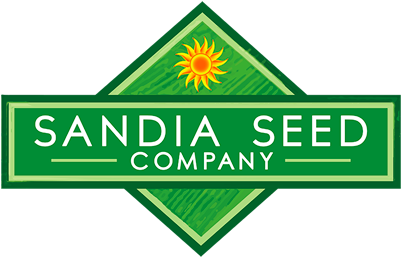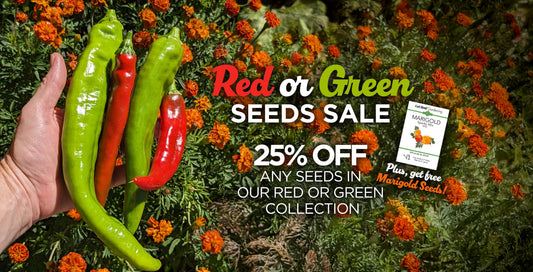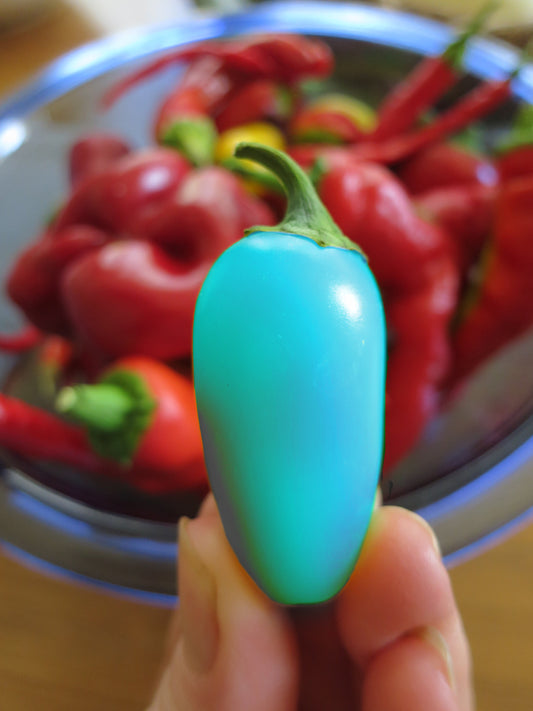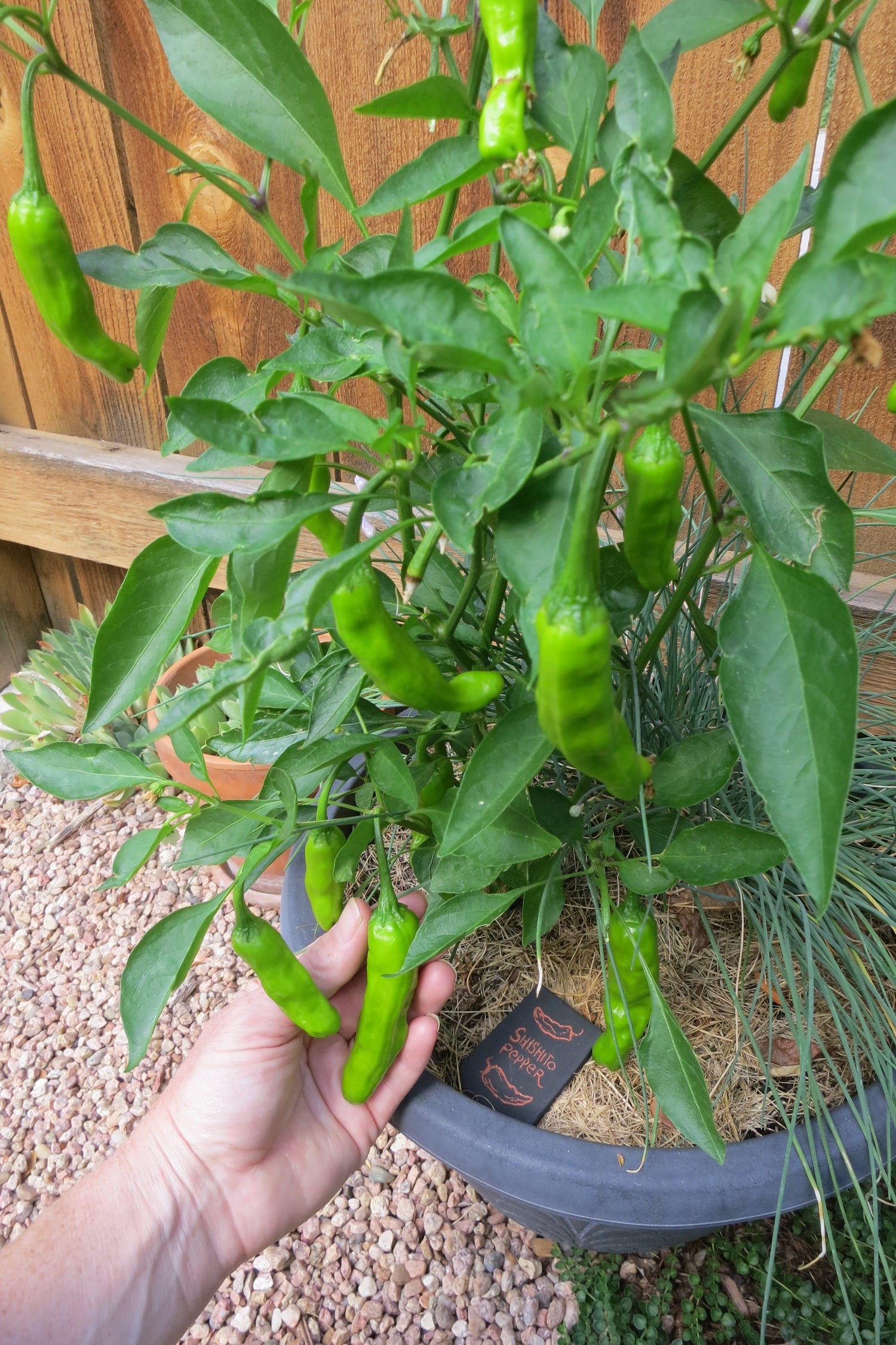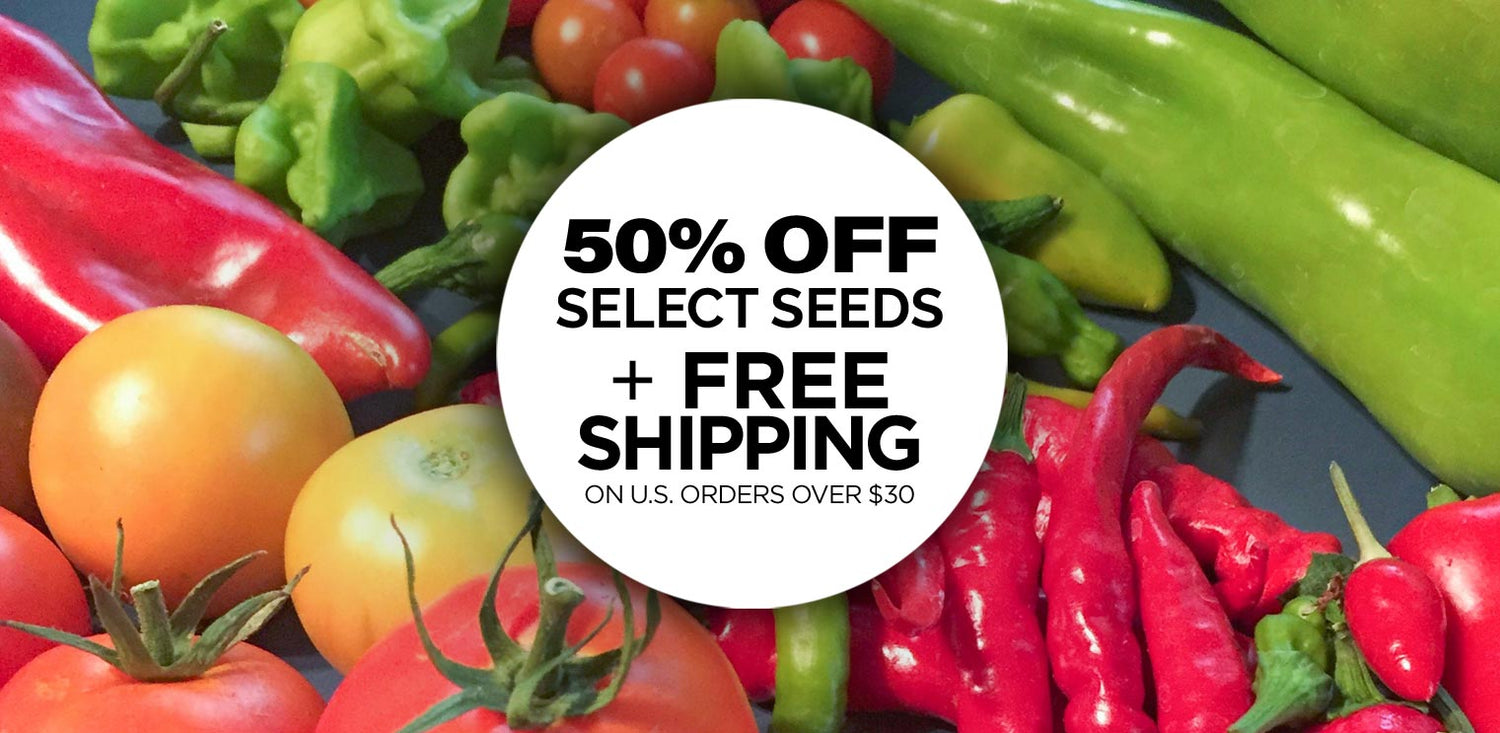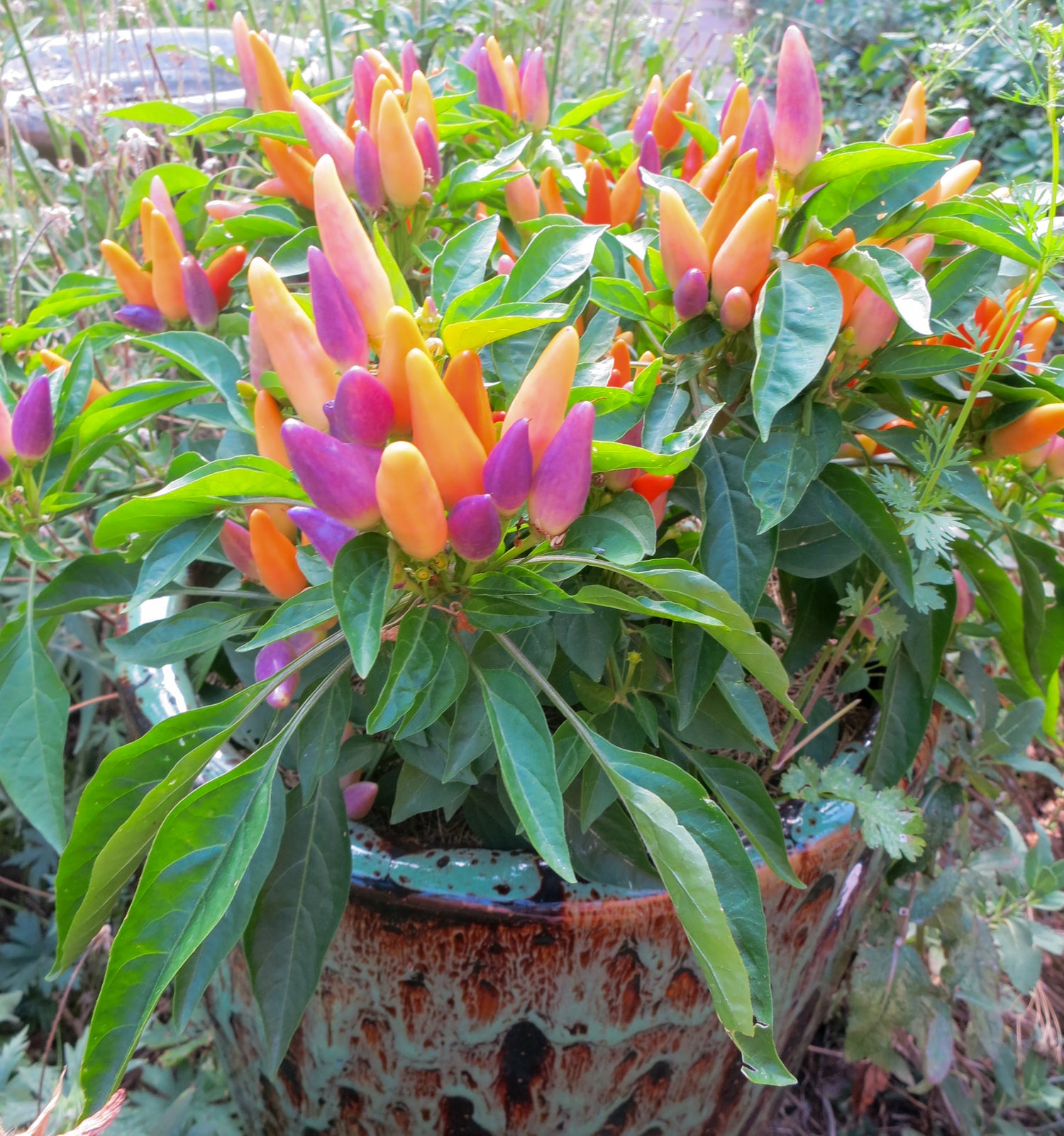
Wondering How to Grow Bell Peppers?
Here are our top tips for Growing Bell Peppers:
Bell peppers are relatively easy to grow, but here are a few tips so you can have the best success! First, plant pepper seeds at least 8-10 weeks before your area's last frost date. Plant seeds in pre-moistened well-draining seedling starter mix and bury the seeds about 1/4" deep. Use a seedling heat mat to speed up germination – this will help keep the seeds warm, ideally 80-90˚ F is optimal for fastest germination.
Bell Peppers seedlings need Airflow & Movement:
Once the seeds have sprouted, we recommend brushing them daily with your hands or putting a small fan on them. This will help strengthen the stems and result in less leggy bell pepper seedlings! A lot of people think that leggy seedlings are caused by not enough light, but making sure they have airflow and movement is the best way to keep them from getting leggy and floppy. Airflow and movement also helps
prevent Seedling Damping Off - which is a common seedling ailment that results in the seedlings shriveling up and dying.

Pot your Bell Pepper Seedlings up!
Once your bell pepper seedlings have a few sets of leaves, it may be time to transplant them into deeper pots so that their roots can keep growing and they won't become root bound. A deep, robust root system is the best way to ensure healthy productive bell pepper plants in the long run, so transplanting into bigger pots can really help if they are becoming root bound!

Transplanting Bell Pepper Seedlings Outdoors in the Garden:
You want to wait to transplant bell pepper seedlings outdoors until all chance of frost has passed, ideally it's best to wait until it warms up to at least 60˚ F during the day and 50˚ F at night consistently.
It is also very important to
harden off bell pepper seedlings before transplanting outside. This means that you need to gradually acclimate them to the outdoor temperatures, sunshine and breezes. We like to put them in dappled shade for a few hours the first day, then put them in the sun for an hour the second day, and work up to a whole day of sun and a few overnights outdoors before transplanting our bell pepper plants. This will ensure that your bell pepper seedlings don't have transplant shock and will help keep them from being stunted in the process of moving into their permanent homes.

These ever-bearing upright plants produce
purple bell peppers that mature from light green to white and then develop purple stripes that cover the whole fruit. The purple skin contrasts beautifully with its lime-green flesh.

Our
Mini Bell Pepper Seeds are perfect for a colorful harvest of small snackable bell peppers that are perfect in salads, on sandwiches, or just for fresh snacking in the garden.

Bell Peppers Growing Stages:
Bell peppers basically have five growth stages: germination, vegetative growth, flowering & pollination, fruiting, and plant death.
It's important to plant them in full sun, and make sure they have well draining soil for fastest growth and harvests. If planted in shade, bell pepper plants won't likely bloom and produce many peppers, so be sure to give them at least 6 hours of full sun. Many bell pepper pods start out green and then mature to their final color. People often pick bell peppers at their green stage for eating, but if you let them ripen to their final maturity of yellow, red, purple or orange, they'll have even more flavor.

To grow bell peppers successfully in pots, you should have a large container – we'd recommend a pot that is at least 10-12 inches deep and 12" wide. The bigger the better, as smaller pots tend to dry out quickly. Since bell pepper plants can be quite tall, having a large pot can help prevent them from being blown over in high winds. Make sure that you use well-draining potting soil rather than garden soil or top-soil in your pots, as this this will prevent soggy roots that bell pepper plants despise.
Check out our other favorite peppers to grow in pots »
A big growing tip for all peppers is to not to overwater them! Peppers hate wet feet and will quickly start to droop, have yellow leaves and stunted growth if their soil is soggy. Make sure to use well-draining potting soil if growing bell peppers in pots, or make sure your garden soil is also well draining so that you don't drown your pepper plants.
How long does it take for Bell Peppers to Grow?
It depends on the variety of bell pepper, some bell peppers like our super-early
Chocolate Bell Pepper start to harvest around 57 days. But other bell peppers can take 75+ days to harvest, so check your bell pepper seed packet for the most accurate harvest time to expect. View all of our
bell pepper seeds »

The best thing you can do to help make your bell peppers grow faster is to start them indoors under lights, keep them warm, and plant them in full sun in well-draining fertile soil. Adding lots of compost to your soil (especially homemade) will also help them to grow faster!

How to grow Sweet Peppers from Seeds?
Read all of our
top tips for growing sweet peppers like bell peppers from seed. The best way to grow pepper whether they are hot peppers or sweet peppers is relatively the same
- start them early indoors, keep them warm, make sure they have good air circulation, harden them off before transplanting, and grow in full sun.
How to Grow Bell Peppers at Home
It's easy to grow bell peppers in your home garden, they grow great in full sun just as many other vegetables like tomatoes or eggplants. Growing your own bell peppers will result in super tasty and crispy bell peppers that are so much fresher then what you can buy at the store! Make sure to start the seeds indoors, keep them warm, harden off the seedlings before transplanting into your home garden outdoors for the best success!
Read more of our top pepper growing tips »

How to grow bell peppers from seeds
If you're starting bell peppers from seeds, it's best to start them indoors. You can use fresh seeds from a reliable seed company, or you can harvest seeds from a ripe bell pepper (usually ripe bell peppers are red, orange or yellow, green bell peppers are unripe so their seeds may not be fully developed, but you can always try!)
Make sure to keep them warm, we like to use a seedling heat mat to keep the seeds and growing medium between 80-90˚ F for fastest and most successful germination. Once they sprout, make sure to provide air circulation and/or brush the seedlings daily with your hand, this will result in stockier healthier plants and will avoid dampening off, a common seedling ailment. Transplant the seedlings into larger pots when their roots start outgrowing their space to keep them growing strong until you're ready to transplant them outdoors into their permanent homes. Don't forget to harden off your seedlings to let them get acclimated to the outdoor temperatures and breezes to avoid transplant shock.















